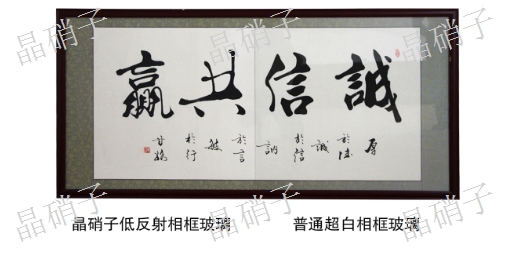In the deep corridors of the museum, lying quietly under the glass of the display cabinets are the treasures of the emperors through the ages, which speak of the past glories with a quiet glow. Each exhibit is a microcosm of history, and every viewing is like a dialogue with the ancient kings, which makes people feel the shock of the intersection of time.
Among the cabinets, the eye-catching are the golden crowns and scepters. These crowns are a collection of craftsmen's efforts, inlaid with a variety of gemstones, on which are carved with exquisite patterns, dragons, and phoenixes, symbolizing desirable power and dignity. The scepter is an extension of the imperial power, and together with the crown, it states the legitimacy and inviolability of the emperor's rule.
Rare gemstones shine brightly against the display case, which not only represents wealth but is also a symbol of power. The cutting and polishing techniques of gemstones reflect the ancient people's pursuit of craftsmanship and aesthetics, while their origins are often accompanied by historical anecdotes of blood and fire, intrigue and strife, which are thought-provoking.
Ancient coinage also occupies a corner, copper coins, silver ingots, and gold dollar treasures, which are not only the medium of economic circulation, but also carry the imprint of the times. From the minting process of the coins to the design of the inscriptions, they all show the social and economic conditions and cultural characteristics of the time. Behind these coins is the control and weighing of domestic and foreign affairs by successive emperors, and is a direct testimony to the prosperity of commerce and the rise and fall of dynasties.
In the center of the display case, seals representing imperial power are often placed. These seals, either jade or gold, are engraved with the emperor's number and auspicious patterns and are indispensable credentials for the emperor's governance. When the seal was used, it was the moment of governance, and the heaviness and solidity of the seal demonstrated the seriousness and authority of imperial law.
With the depth of the exhibition, the display of palace costumes lets people have a more intuitive understanding of the magnificent and complicated palace life. The dragon robe is embroidered with soaring dragons, symbolizing the emperor's transcendent status; and the fine embroidery reflects the skill level and social status of the craftsmen at that time. Every fold of the robe and every clasp reveals the rigor and luxury of court culture.
Jewellery is not just a decoration, they are the pawns for political marriages and power struggles. Behind each piece of exquisite jewelry, there may be a marriage or a far-reaching diplomatic strategy that will affect you for half a lifetime.
Under the soft light of the display cabinet, tokens from ancient times quietly tell the story of the emperors. These royal tokens, such as jade scrolls, imperial edicts, and imperial pens, may have witnessed major political decisions or carried the personal feelings of the emperors. Their existence leaves reliable physical evidence for history and provides us with a unique perspective to interpret the past.
Each royal treasure is a guardian of time, and through them, we can glimpse into the lives of the emperors and experience the splendor of the past. They are not just silent exhibits, but living history, beating the rhythm of an ancient heartbeat that echoes in the heart of every visitor.
The glass of the museum's display cabinets is not only a barrier to protect these precious relics, but also a portal to guide us through time and space. In the process of stepping into this ancient world, we keep discovering, feeling, and being shocked by the treasures of the emperors through the ages. These royal relics are not only the representatives of gold and silver treasures but also valuable wealth in the long history of mankind and our common cultural heritage.





